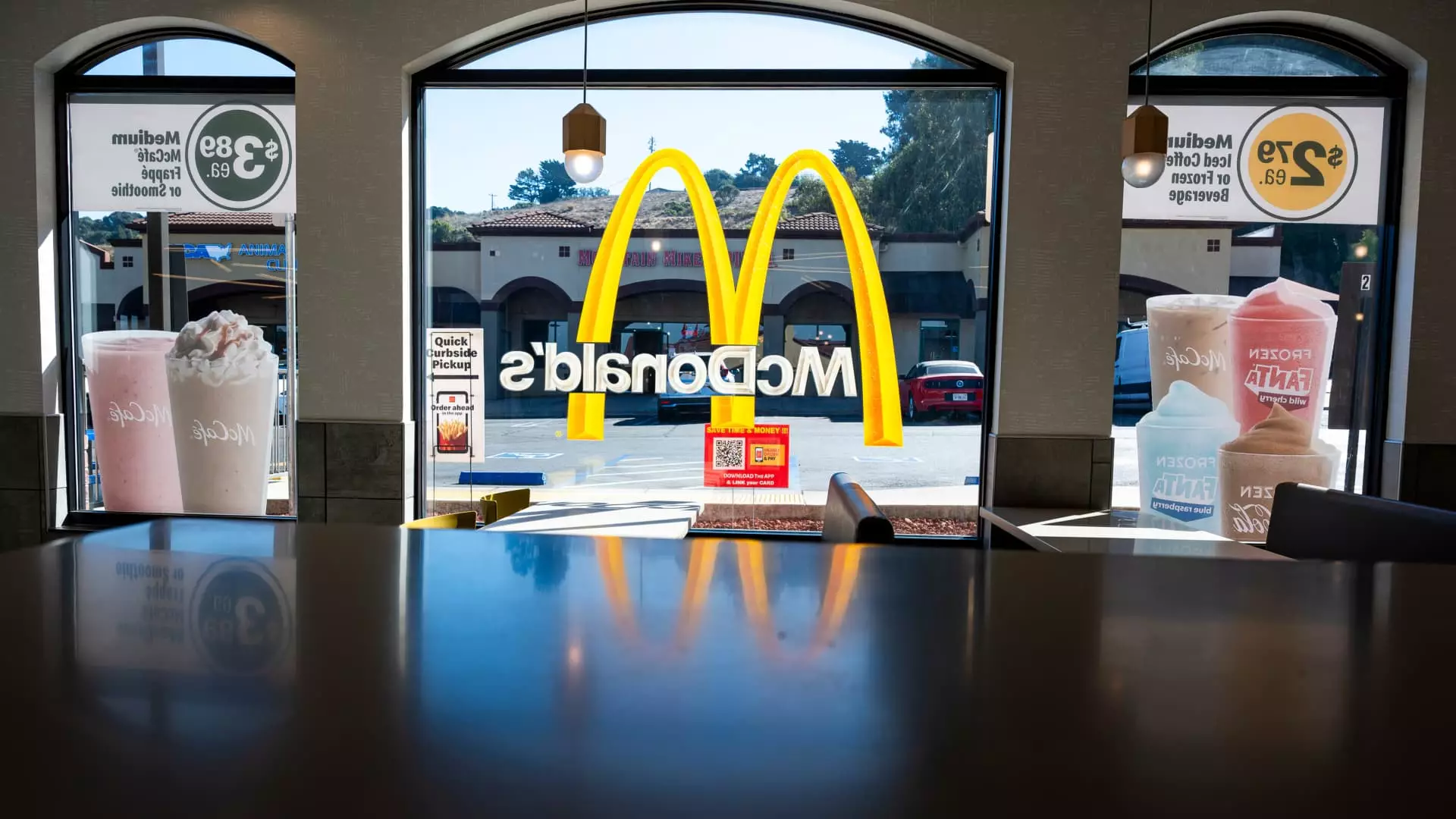The restaurant sector has endured a tumultuous period in recent years, grappling with the aftershocks of the pandemic, changing consumer behaviors, and rising operational costs. As industry executives look toward 2025, there’s a palpable sense of both hope and trepidation. The sentiments shared at the recent Restaurant Finance and Development Conference in Las Vegas reveal a community eager for change, even as underlying challenges persist.
The statistics paint a disheartening picture for the restaurant industry in 2024: bankruptcy filings have surged by over 50%, and traffic to dining establishments has plummeted consistently each month. These declines, as tracked by Black Box Intelligence, reflect a broader trend affecting some of the largest chains in the country, such as McDonald’s and Starbucks. This struggle illustrates how the industry continues to recalibrate in the wake of changing consumer habits and economic pressures.
Despite these setbacks, the mood at the conference suggested that the worst might be over. Kate Jaspon from Inspire Brands expressed a collective sentiment of eagerness to move on from a challenging year. This shift in perspective is bolstered by signs of recovery—some chains have reported a marginal increase in sales, indicating that the industry may be poised for a rebound.
Amid the darkness, there are green shoots of growth that give industry players reason to be cautiously optimistic. For instance, data from Revenue Management Solutions indicates that foot traffic at fast-food restaurants has increased by 2.8% in October compared to the previous year. This growth reflects the resilience of many establishments as they adapt their strategies to meet evolving consumer preferences.
Moreover, declining interest rates present an additional boon for operators looking to expand. As financing becomes more affordable, chains can invest in new locations, positioning themselves for growth. Shake Shack’s continued success, highlighted by increasing same-store sales, underscores that consumer confidence might rebound even amidst caution. CFO Katie Fogertey noted the psychological impact of lower credit costs, suggesting this could drive discretionary spending in restaurants.
The brief window of activity in the market for initial public offerings (IPOs) has been notably stagnant since the debut of Mediterranean restaurant chain Cava last June. Despite the stock’s remarkable increase, larger firms have refrained from entering the public sphere—cautioned by the prevailing economic climate and a reluctance to dive into a challenging market. Executives like Damon Chandik from Piper Sandler express hope that the first half of next year might see new IPOs emerge, though the bar for success is higher than ever.
One potential candidate is Inspire Brands, which boasts an impressive portfolio that includes popular names such as Dunkin’ and Buffalo Wild Wings. However, without the market conditions to support a robust IPO, many executives are taking a wait-and-see approach.
While optimism is evident, the sector is not without its hurdles. For chains like Portillo’s, facing declining same-store sales for three consecutive quarters, the reliance on discounting strategies initiated by competitors poses a substantial threat. McDonald’s, for instance, is set to introduce an expanded value menu, knowing that pricing strategies can play a pivotal role in winning back consumers.
The aggressive discounting seen among chains could deepen the ongoing “value wars” in the industry and erode profit margins. Executive commentary reflects a recognition that despite efforts to capture consumer interest through promotions, balancing cost-effectiveness with customer retention will be a tightrope walk.
As the restaurant industry anticipates the dawn of 2025, it does so with a mixture of hope and skepticism. The potential for a recovery is visible, yet persistent economic headwinds remind stakeholders that the journey ahead may still be fraught with challenges. The confluence of rising consumer confidence, strategic adjustments in pricing, and a possible influx of IPOs could redefine the restaurant landscape. Yet, as industry leaders reflect on recent experiences, a cautious approach seems prudent—one that acknowledges both the promise of growth and the realities of a competitive marketplace still recovering from recent turmoil.

